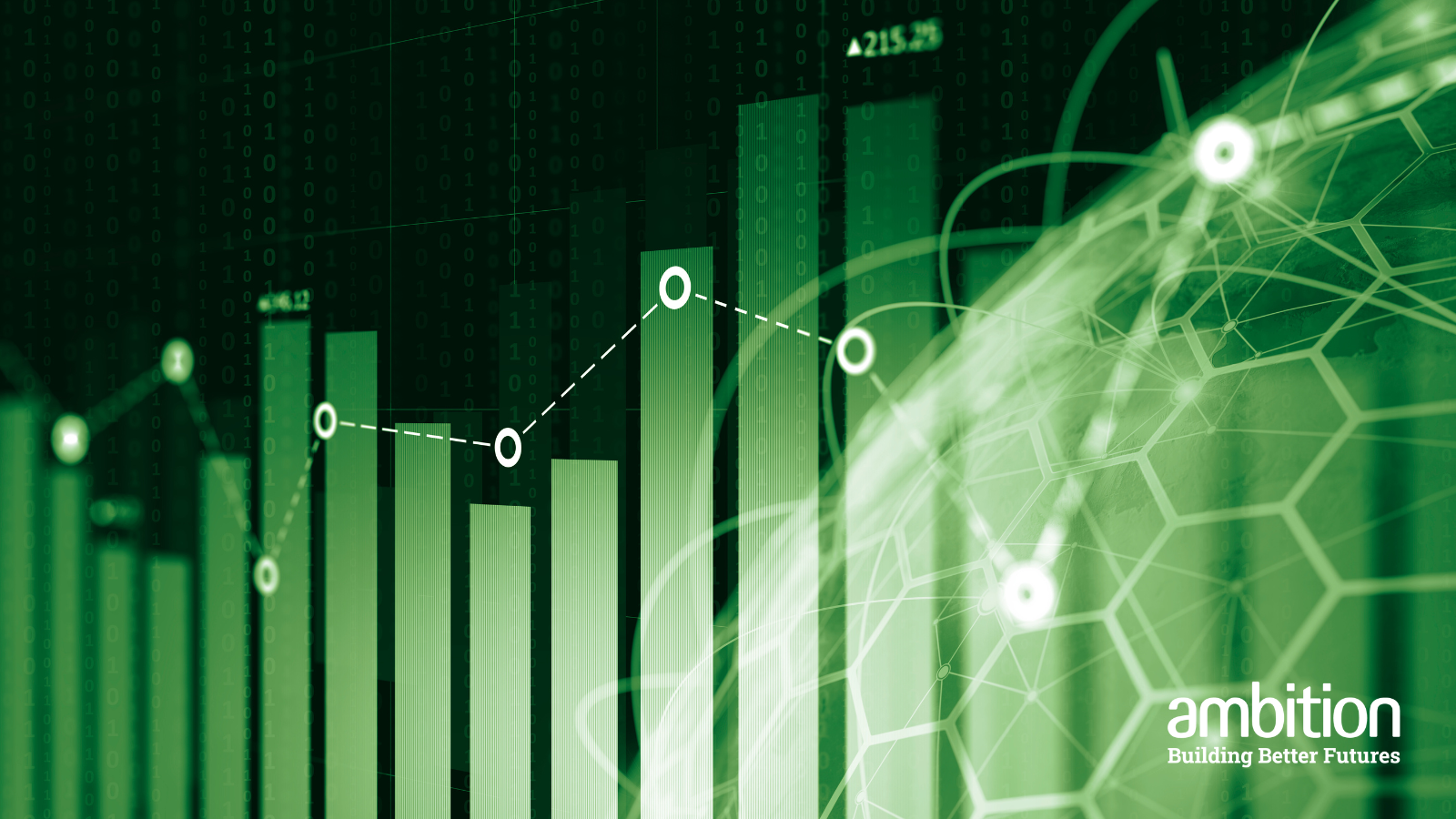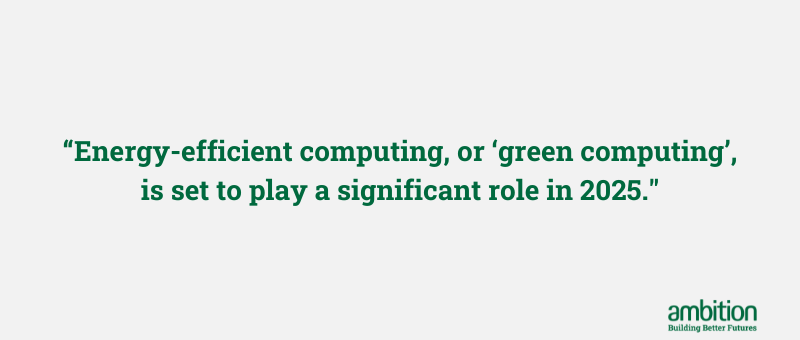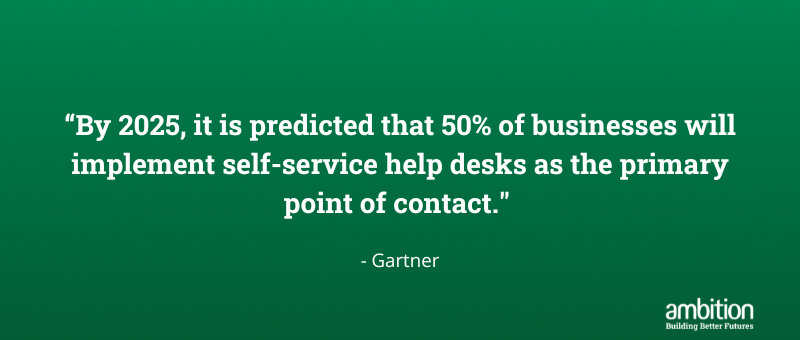Please beware of recruitment scams that are currently targeting jobseekers. Click here for further advice.

4 trends shaping the IT Infrastructure and Cloud Market in 2025
2024 has been a transformative year for IT infrastructure and cloud computing. Key advancements include the rise of serverless computing and the integration of artificial intelligence (AI) into various aspects of IT operations. Serverless computing has allowed organisations to build and deploy applications without managing the underlying infrastructure, leading to increased agility and cost efficiency. AI has been pivotal in optimising infrastructure management, enhancing security, and driving automation. Platform engineering has also gained traction, focusing on creating reusable services and tools that streamline application delivery and improve developer productivity. This shift has enabled organisations to better manage the complexity of modern software environments and accelerate digital transformation.
As we move into 2025, several trends promise to reshape the sector further. Here’s an overview of key developments to watch, based on insights from Gartner and Forrester reports.
Quick Links
Trends for 2025
1. Energy efficient computing
As sustainability becomes a critical business priority, energy-efficient computing, or 'green computing', is set to play a significant role in 2025. Organisations are adopting technologies and practices that reduce the energy consumption of IT systems.
What’s driving this trend?
Adoption of energy-efficient hardware and optimised software algorithms
Transition to renewable energy sources for powering IT operations
Why it matters:
By prioritising energy efficiency, businesses not only lower operational costs but also align with environmental, social, and governance (ESG) standards, which are increasingly important to stakeholders and customers alike - a win-win for both the planet and the bottom line.

2. Hybrid computing
Hybrid computing, which combines classical and emerging computing technologies, is expected to drive the next wave of innovation. This approach allows organisations to harness the strengths of different computing paradigms, such as quantum, neuromorphic, and photonic computing, while mitigating their limitations.
Why does it matter?
This approach allows businesses to:
What to watch:
As organisations explore hybrid computing solutions, they will need to invest in specialised talent and tools to integrate these technologies effectively. Collaboration with technology partners and providers will be key to success.
3. Disinformation security
The rise of AI and viral media has made disinformation campaigns a major threat to organisations. In 2025, protecting against these campaigns will be a top priority.
Key elements of this strategy:
Why it matters:
Disinformation campaigns can damage reputations, erode trust, and disrupt operations. A robust disinformation security strategy is essential for organisations to protect their brand and maintain stakeholder confidence.

4. Service desk transformation
The traditional service desk is undergoing a significant transformation, with AI and self-service technologies taking center stage. By 2025, it is predicted that 50% of businesses will implement self-service help desks as the primary point of contact.
What this transformation includes:
AI-powered systems capable of handling complex tasks like device troubleshooting and endpoint management.
Enhanced user experience through intuitive, self-service interfaces.
Reduced reliance on traditional service desk personnel, leading to cost savings.
Why it matters:
This evolution not only improves the efficiency of IT support teams but also enhances the overall user experience, as employees gain faster resolutions to their tech-related challenges.
Tips for navigating 2025 trends
To stay competitive and adapt to the rapid changes in IT infrastructure and cloud computing, in 2025 organisations should focus on:
Embrace sustainability: Invest in energy-efficient technologies and practices to reduce your environmental impact and operational costs.
Leverage hybrid computing: Explore and integrate emerging computing technologies to stay ahead of the innovation curve.
Strengthen security measures: Develop a comprehensive disinformation security strategy that includes advanced detection and response capabilities.
Adopt AI and self-service: Implement AI-driven self-service solutions to improve efficiency and user satisfaction while reducing reliance on traditional service desks.
By staying informed and proactive, organisations can successfully navigate the evolving landscape of IT infrastructure and cloud computing in 2025.

For more insights on emerging industry trends and strategies for success, connect with our expert recruitment team or sign up for our monthly newsletter below.
Author Jasmin Dearing has been recruiting technology roles since 2018, specifically in Sydney since 2022. Jasmin also has experience working in both the UK and US markets, contract and permanent.
Edited by Melanie Brown, Marketing Executive, Ambition Group Australia.






